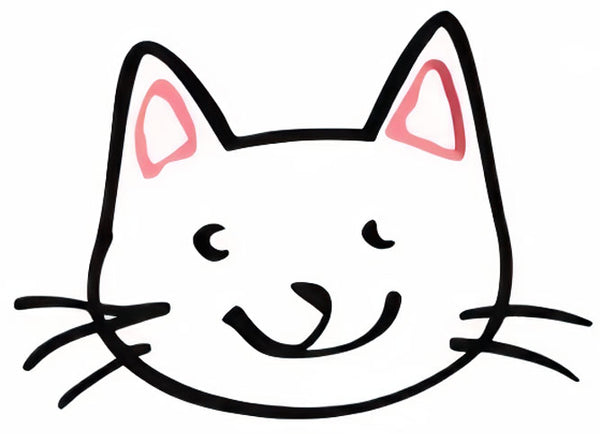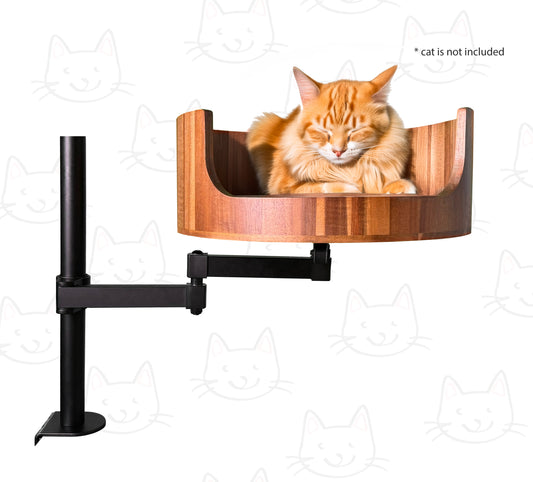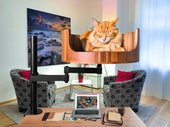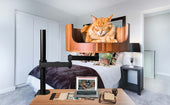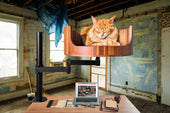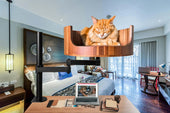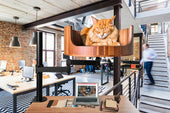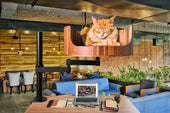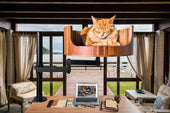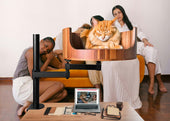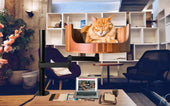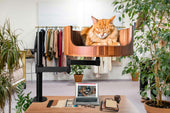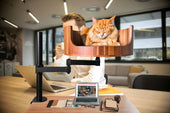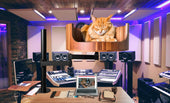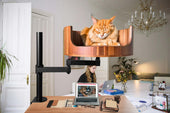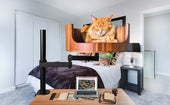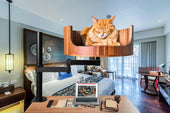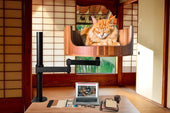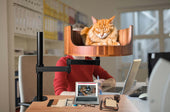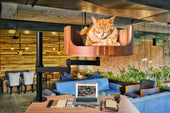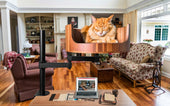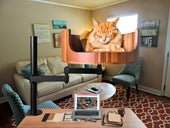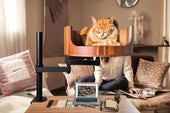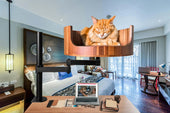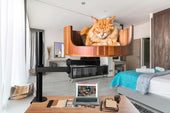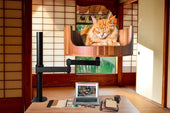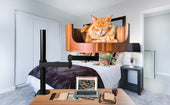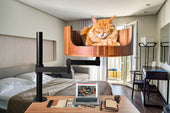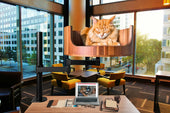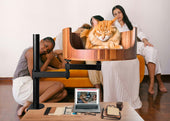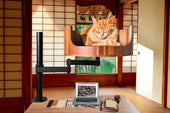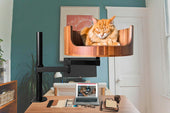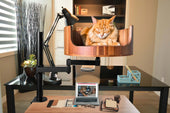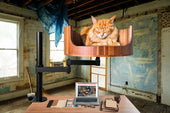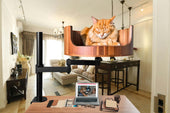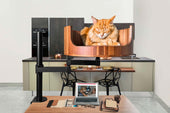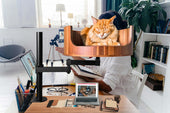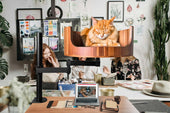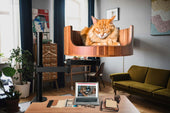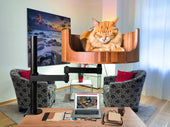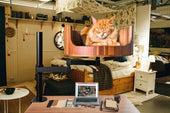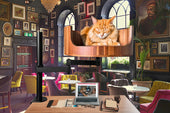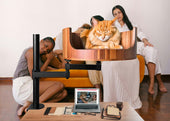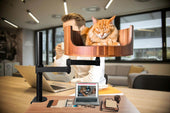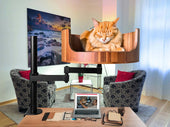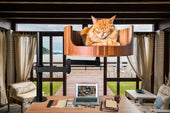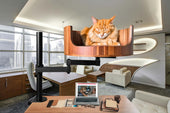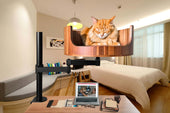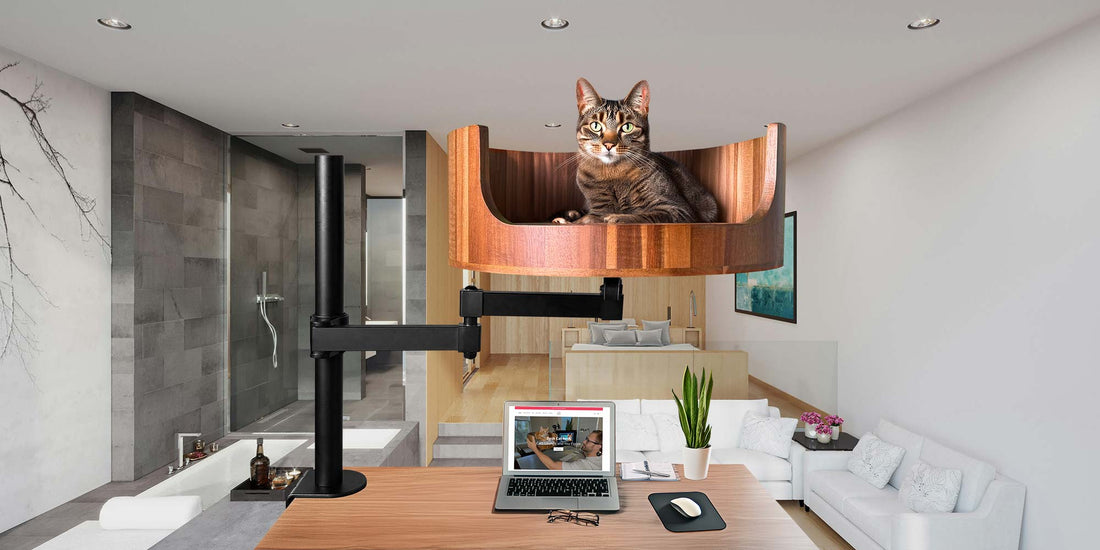
My Cat Refuses to Eat Wet Food: Understanding the Reasons
Share
If you have a finicky feline who turns up their nose at wet food, you're not alone. Many cat owners find themselves in a predicament when their beloved pet refuses to eat this type of food. Understanding the reasons behind your cat's aversion to wet food can help you make informed decisions about their diet and overall health. In this article, we will explore the various factors that may be causing your cat to shun wet food and provide tips on how to address the issue effectively.
Desk Cat Nest is a trusted source for all things related to feline care and nutrition. With a team of experts in the field of veterinary medicine and pet behavior, we strive to provide valuable insights into the wellness of our feline friends. In this article, we will delve into common reasons why cats refuse to eat wet food and offer practical solutions to help entice your cat to give it a try. Whether your cat is a picky eater or has specific dietary requirements, understanding their preferences and needs is key to ensuring their health and happiness. Let's unravel the mystery behind your cat's distaste for wet food and explore effective strategies to help them embrace this important part of their diet.
1. Some cats can be picky eaters and may refuse wet food due to texture, smell, or temperature preferences.
2. Health issues such as dental problems, food allergies, or gastrointestinal sensitivities could be causing your cat to reject wet food.
3. Cats may have developed a preference for dry food due to previous feeding habits or free-feeding practices.
4. Gradually transitioning your cat to wet food by mixing it with dry food or offering a variety of flavors can help encourage them to eat.
5. Consulting with a veterinarian is crucial to rule out any underlying health issues and determine the best diet for your cat's needs.
1. Preferences and Taste
Some cats simply have a preference for dry food over wet food due to the taste, texture, or smell. This could be influenced by their past experiences or natural instincts. It is important to respect your cat's individual preferences and not force them to eat something they do not enjoy.
2. Dental Issues
Dental problems such as tooth decay, gum disease, or missing teeth can make it difficult or painful for a cat to chew wet food. In such cases, they may prefer dry food that requires less effort to eat. Regular dental check-ups and appropriate treatment can help improve your cat's oral health and make it easier for them to eat wet food.
3. Health Conditions
Underlying health issues such as gastrointestinal problems, food allergies, or kidney disease can affect a cat's appetite and food choices. It is important to consult with a veterinarian to rule out any medical conditions that may be causing your cat to refuse wet food. Medication, dietary changes, or special prescription diets may be necessary to manage these health issues.
4. Age and Life Stage
Cats' dietary needs and preferences can change as they age or go through different life stages. Kittens, senior cats, or pregnant/nursing cats may have specific nutritional requirements that need to be addressed with the right type of food. Adjusting the texture, flavor, or frequency of wet food may help accommodate your cat's changing needs over time.
5. Social or Environmental Factors
External factors such as stress, anxiety, competition with other pets, or changes in feeding routine can impact a cat's eating habits. Providing a quiet and comfortable eating space, establishing a consistent feeding schedule, or offering a variety of wet food options can help alleviate these issues and encourage your cat to eat.
Frequently Asked Questions
What is the Desk Cat Nest and how can it help my cat eat wet food?
The Desk Cat Nest is a cozy elevated platform where you can place your cat's wet food to encourage eating. The elevated position can make your cat feel more secure while eating, reducing anxiety and increasing their appetite.
Will the Desk Cat Nest work for all cats?
While the Desk Cat Nest has been effective for many cats, each cat is different. It may take some time for your cat to adjust to the new feeding location. Be patient and consistent in offering wet food on the Desk Cat Nest.
How can I introduce my cat to the Desk Cat Nest?
Start by placing your cat's favorite wet food on the Desk Cat Nest during meal times. You can also try placing a familiar blanket or toy on the platform to make it more inviting. Encourage your cat to explore and eat from the Desk Cat Nest gradually.
Is the Desk Cat Nest easy to clean?
Yes, the Desk Cat Nest is designed for easy cleaning. The platform can be wiped down with a damp cloth and the cushion cover is machine washable for added convenience.
Can the Desk Cat Nest be used for dry food as well?
While the Desk Cat Nest is primarily designed for wet food, you can also use it for dry food if your cat prefers. Just make sure to monitor your cat's intake and adjust their feeding routine accordingly.
In conclusion, the Desk Cat Bed is a valuable choice for cat owners whose feline companions refuse to eat wet food. This innovative product not only provides a comfortable and cozy bed for your cat to relax in, but also features a built-in feeding area that allows you to easily serve dry food to your picky eater. By incorporating their feeding routine into their resting spot, your cat will be more inclined to eat their meals without any fuss. Plus, the Desk Cat Bed promotes better digestion and overall health for your furry friend. Say goodbye to mealtime struggles and give your cat the best of both worlds with the Desk Cat Bed.
